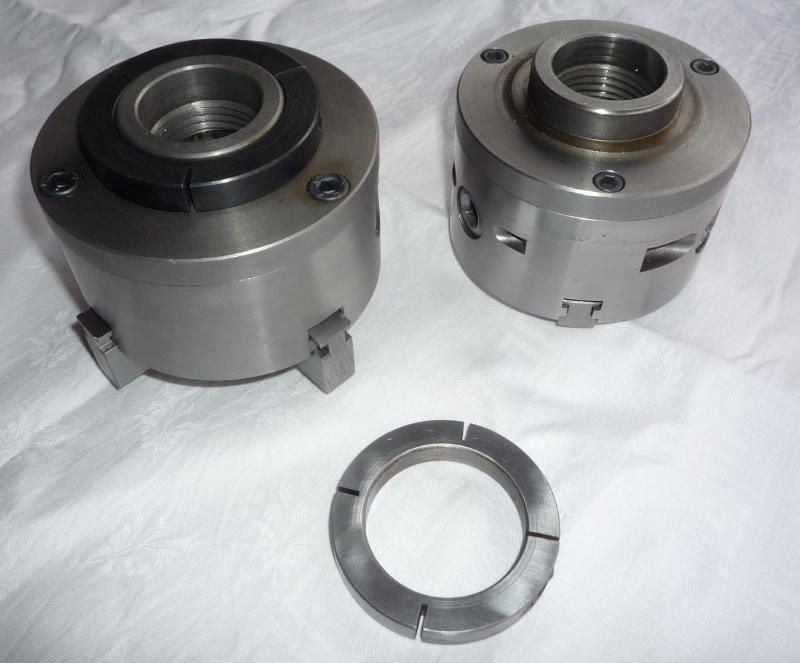Posted by blowlamp on 09/12/2011 14:17:42:
Ian.
Remember that the ring will exert a magnified clamping force across the diameter of the flange by virtue of the fact that a reduction of the circumference will be multiplied by the function of pi.
So a change of 1 unit of the circumference (by tightening the clamp) divided by 3.142 equates to a theoretical change of 0.3182 units of diameter.
A kind of gearing or leverage effect is in action here and very little movement is required which is why – counterintuitively, it works.
Martin.
Yes, I agree that pi works to our advantage here but its the engineering aspect I dont understand.
tightening the bolt will close the gap in the ring, once the bolt and ring are snugged up increasing the torque in the bolt will try and reduce the ID of the ring which I imagine relies on some slip between the (cylindrical) joint faces, so friction must come into play here?
Actually its probably not relevant because once the two items are in solid contact they can probably be regarded as one, so if the collar was (radially) thick enough then the chordal clamping bolt could be installed directly in that. Even if there were no slot the principle would still work but would rely on the bolt compressing a segment of the collar reducing its ID. For the locking device that Clive showed to work it has to compress solid metal anyway.
Ian
 Ian P.
Ian P.


 mode off, Hansrudolf
mode off, Hansrudolf

